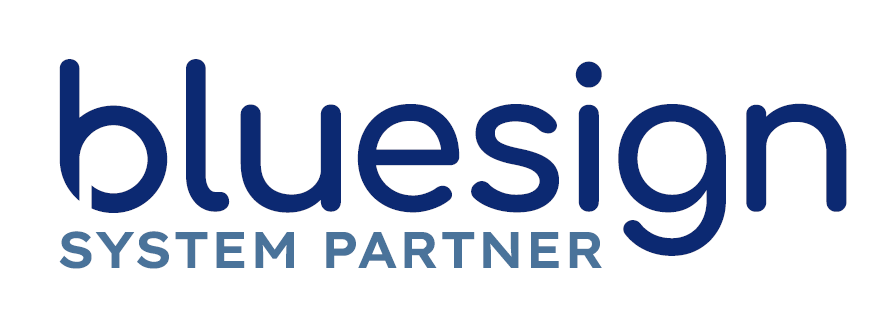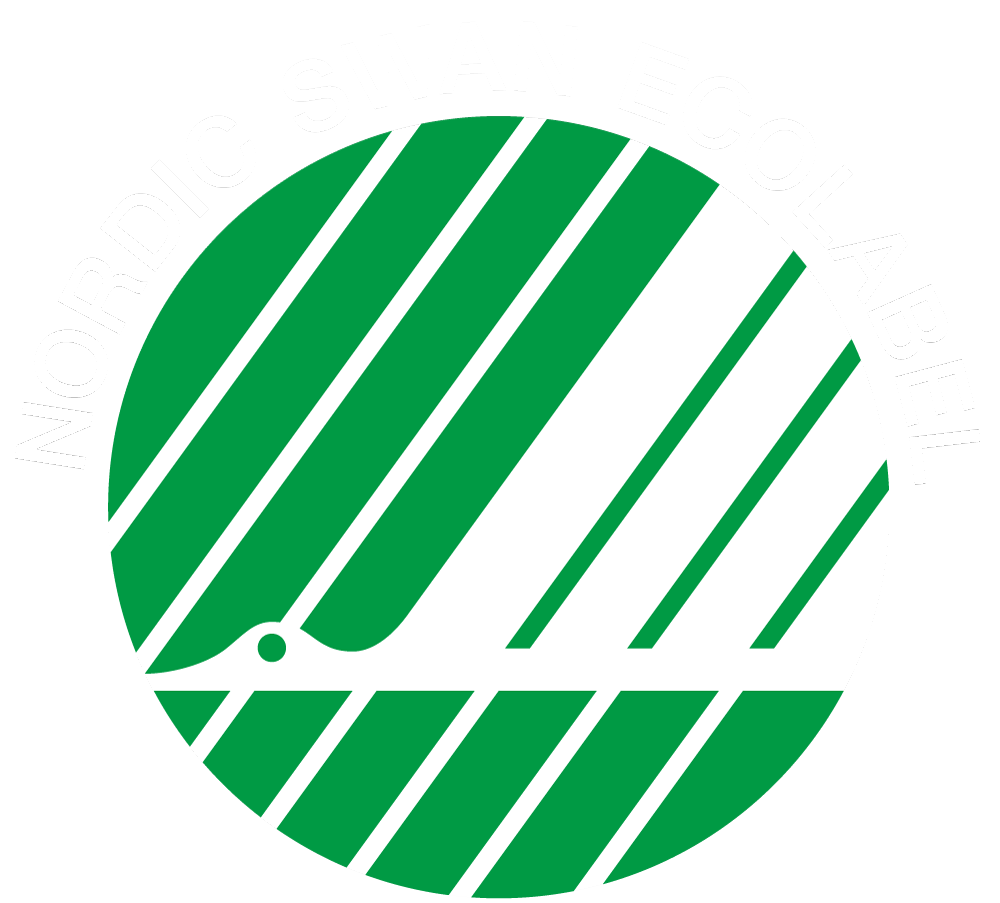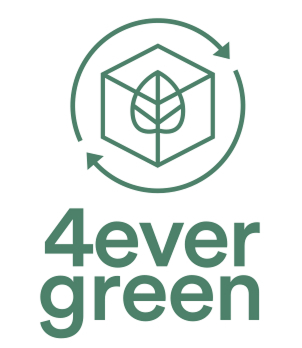Is tolerance of zero impurities the be-all and end-all for a cleaner textile industry?
The tiger is associated with power and bravery, but also fear and respect. We all know that an encounter in the wild would present a severe danger to our lives and is clearly associated with potential hazards. However, we feel very comfortable about taking a child to a zoo to see the tigers. We feel confident that the child is taking no risk due to the controlled conditions ensured by the zoo. We feel safe that the child will not be directly exposed to the tiger.
We seem to naturally recognize that two conditions are required to define a risk: the hazard potential and the exposure.
This tale of the tiger got me thinking about the textile industry and how we consider the risks posed to our health and environment. Specifically, about whether the tolerance of zero hazardous impurities in our chemicals, largely promoted by the major textile brands, could be distracting us from what else needs to be done to achieve a cleaner industry. I think so.
Battle Of The Brands
In 2011, the brands came together and agreed on the Zero Discharge of Hazardous Chemicals (ZDHC) Programin response to the Greenpeace Detox Campaign challenging top brands to eliminate eleven groups of hazardous chemicals across their entire supply chain and the entire life-cycle of their products.
More recently, this aspirational goal has transformed into a contest among brands. The battle is on to claim the lowest tolerance on a residual trace amount of hazardous chemicals.
As a result, we’ve got more than 100 different brand-specific restricted substances lists, with the objective being to refer to the lowest analytical detection limit available. All the while, we know that ZERO is an absolute value that cannot be reached in the world of analytical chemistry.
So, in essence we have a big focus of energy on what could be said to be an impossible target.
Cost Versus Effect
My motivation to lead the Product Stewardship Program at Archroma is to have the opportunity to contribute towards making our industry sustainable. This mission is very close to my heart.
However, when I reflect on the daily market requests I get to bring some chemical commodities for the textile industry into a pharmaceutical grade – by which I mean, higher purity and so on – I’m not convinced that we are tackling the major environmental issue of the textile supply chain.
Looking back at the past, the major environmental impact was triggered by an intentional and extensive use of chemicals selected solely for their technical effects without any consideration of the associated risk.
We are seeing public attention being drawn onto traces, while the main issue has come from the uncontrolled use of chemicals selected only on the basis of “cost versus effect”.
The Risk-Based Approach
In Archroma we are committed to a full evaluation and understanding of the human health and environmental impact of our products throughout the supply chain. We consider health and environmental related data as a valuable asset that needs to be considered when selecting which chemicals are to be used in textiles.
Responsible players like us have already phased out the large majority of the identified chemicals of high concern; we did this some time ago. More than that, we also offer alternative chemistry and innovations. Sadly, these are not (yet) voluntarily adopted by all parties in the industry.
Here’s where I see a big opportunity.
Instead of solely considering the hazard of a given substance, we would make huge progress on the path to clean the industry if all decision makers agreed to ban any large-scale use of such harmful substances in their supply chain.
Some effects used by the textile industry involve chemical processes and technology that generate unavoidable trace amounts of hazardous substances. However, the quantities are so small that the trace amounts do not represent a risk for the environment or the human health. This statement is supported by extensive risk analysis that is communicated and accepted by the most demanding authorities like ECHA or EPA.
It’s time to bring the tiger rationale into play.
Unfortunately, risk assessment or exposure assessment are never in focus in discussions around the aspirational goal of ZDHC, even if they could make a large contribution.
I strongly believe that they should be. There’s the chance to make a real impact if we go beyond concentrating all efforts on controlling trace limits of some unavoidable impurities.
Zero Discharge of Hazardous Chemical can be achieved by striving for zero traces of hazardous chemicals in the products. But it can also be achieved by zero discharge. Textile processes that involve a strictly controlled release into the waste water, or a reduction of the water used, can have an even greater influence on making our industry sustainable.
Call On The Tiger
Of course, we must continue to strive to bring the limits to the lowest possible level. And in parallel, we need R&D to develop new technology to eliminate traces of some critical contaminants. But focusing the efforts solely on limits and traces is questionable in terms of actual impact on the environment.
It feels like we are missing the forest for the trees.
– Carole
Carole Mislin
Carole works at Archroma as Global Head of Product Stewardship. She's leading a team of regulatory professionals on a worldwide basis and has herself a regulatory expertise of 20 years ensuring compliance and successful completion of regulatory activities in the major relevant regions. Carole is committed to a full evaluation and understanding of the human health and environmental impact of Archroma products throughout the supply chain and considering health and environment related data as a valuable asset. By advocacy outreach, she's striving for an open discussion with the authorities, the industry and other interested parties to ensure an appropriate product management and effective implementation of the regulations.
More News & Stories

Solving Fashion’s Fade Problem
When garments lose their vibrancy after just a few wears or washes, consumers discard them prematurely. This undermines the fashion industry’s sustainability goals and negates brand investments in sustainable materials and production. Read on to find out how Archroma's HIGH IQ assurance program is the new standard for color performance.

Archroma’s Upstream Shift Signals a New Era for High-Contrast Denim Finishing
The fashion industry’s demand for distressed denim often clashes with reliance on potassium permanganate, heavy bleaching, and water-intensive laundering. TexFash spoke with our Denim team to unravel the story and thoughts behind the award-winning DENIM HALO concept. Read on to find out more.

Full Value Chain Collaboration - The Fastest Way to Sustainable Packaging
I recently asked a fellow packaging professional for their take on the industry’s progress towards sustainable packaging. The answer — “It’s rather like building a plane while you’re flying it” — succinctly captures the prevailing combination of complexity and urgency that all players in the value chain are faced with. There’s much to do in a limited time.

Engineered for every active pursuit—and the planet
Rising consumer expectations are pushing mills and brands to adopt new strategies to stay competitive. Durability, comfort and sustainability are now essential, and all must work hand-in-hand. Archroma’s SUPER SYSTEMS+ solutions are designed to meet this new standard.
Archroma are proud members and/or partners with the following organizations

















